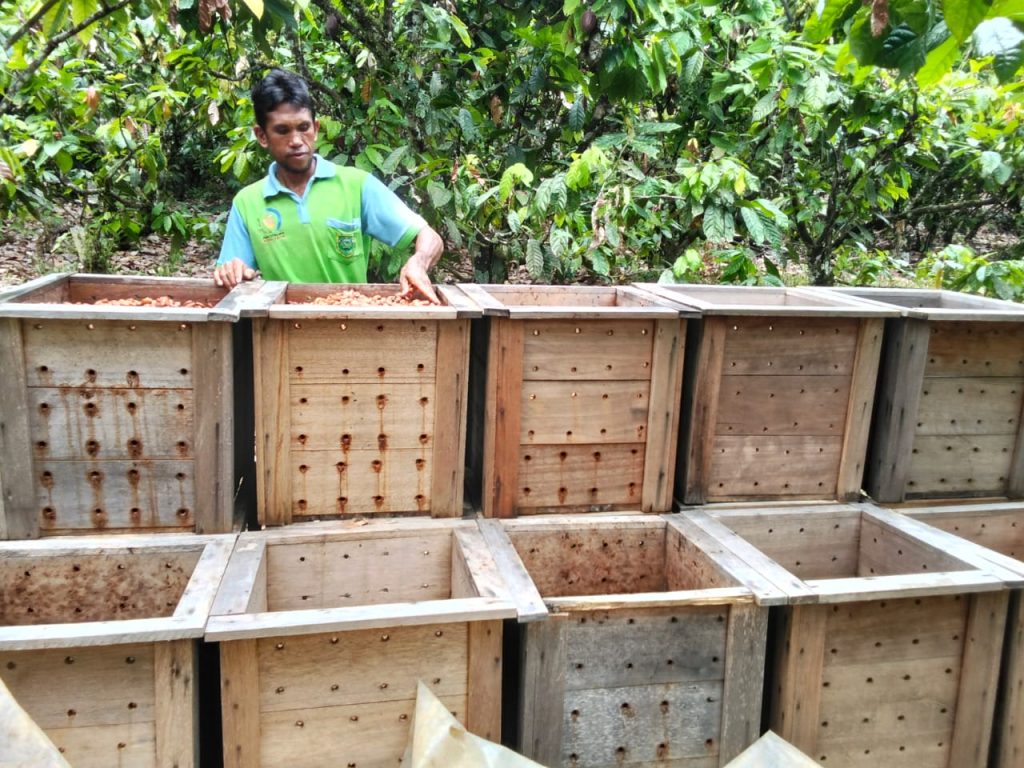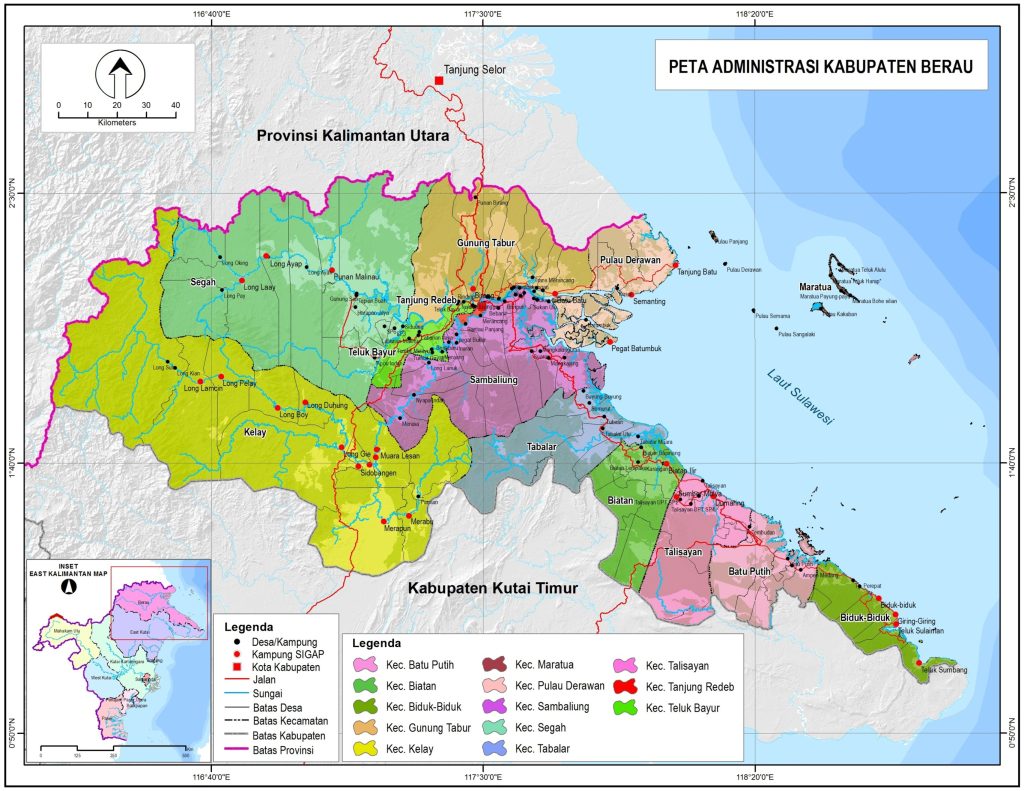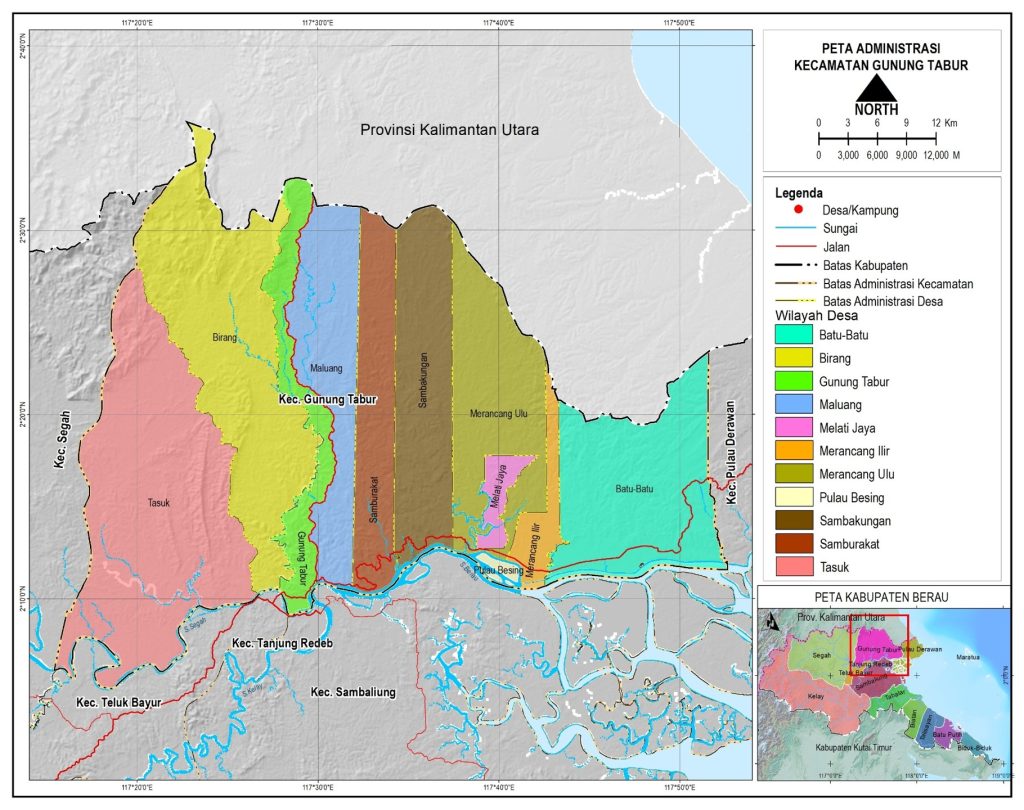
Imagine transforming the cocoa value chain by putting power back into the hands of the farmers—while guaranteeing quality and profit for buyers. Our “Connected and Digitalized Cocoa Farming Ecosystem” does exactly that. Through our integrated cooperative platform, every bean comes with traceability, verified fermentation quality, and full post-harvest transparency. This is not just another cocoa source—this is a networked system where farmer profiles, land legality, fermentation SOPs, and spatial mapping are digitally linked and accessible in real time. Buyers no longer deal with guesswork; instead, they gain predictable quality, volume, and delivery standards backed by data.
This ecosystem isn’t a concept—it’s already operational. With digital dashboards, verified cocoa profiles, and contract farming models, buyers gain direct access to consistent, quality-controlled fermented cocoa beans (wet or dry). Every kilogram is managed through our cooperative’s streamlined payment and logistics system, offering DP/monthly payment options, expedition support, and built-in margin sharing that motivates farmers to meet your specs. The result? Zero middlemen noise. You deal with a transparent, tech-enabled supply system with verified Good Agricultural Practices, traceable origins, and long-term price stability.
Rejecting this offer would mean settling for inconsistent quality, opaque supply chains, and costly middle layers. In contrast, our model gives you direct control, digital insight, and community-level impact. You secure high-quality fermented cocoa at a stable price—and align your brand with sustainable, inclusive sourcing. Saying yes to this isn’t just smart—it’s a strategic advantage your competitors will wish they hadn’t overlooked.

Our work focuses on the subdistricts of Gunung Tabur, Sambaliung, and Kelay in Berau Regency—regions where cocoa is not just a crop, but a cultural legacy rooted in agroforestry practices since the 1990s. These areas are home to smallholder farmers who have preserved old cocoa stands through generations, despite economic shifts and land-use pressure. By strengthening land governance, revitalizing farm productivity, and improving post-harvest quality, we aim to redefine cocoa as Berau’s strategic commodity—leveraging its unique geographic suitability, rich genetic heritage, and deep-rooted farming knowledge to build a sustainable and competitive value chain from the ground up.
Administrasi Kecamatan Gunung Tabur

It all began with our expertise in facilitating participatory land use planning across Berau Regency, East Kalimantan—starting with community-driven spatial mapping in the subdistricts of Gunung Tabur, Sambaliung, and Kelay, covering a total area of (please insert the total mapped area in hectares). In 2024 alone, four villages and one urban ward in Gunung Tabur successfully completed and enhanced their village land use plans, grounded in spatial data and inclusive local consultations. As part of this initiative, we facilitated the issuance of 194 Cocoa Farm Registration Certificates (STDB) and precisely identified cocoa plots owned by independent smallholder farmers. These achievements laid the groundwork for building a connected and digitalized cocoa farming ecosystem, because every intervention we make begins with secure land tenure, spatial clarity, and farmer empowerment at the core of the supply chain.
Google Earth Engine View
The results of our Google Earth Engine (GEE) serve as a foundational legitimate reference for village development plan, providing spatial clarity and ecological insights that guide local decision-making. One of its key applications is identifying and validating suitable areas for cocoa development—based on detailed land surveys and agroecological suitability assessments. These data-driven maps not only support sustainable zoning but also ensure that cocoa cultivation aligns with legal land status, soil conditions, climate, and landscape resilience—making them an essential tool for scaling high-quality, traceable cocoa production in priority areas.
TGL & RTGL Village Model (Samburakat) Map
Hover your cursor to view the existing land use map and the results of participatory Village Land Use Plan for Samburakat Village in Berau Regency
We do what we do because revitalizing cocoa in Berau means much more than increasing yields—it’s about restoring a legacy, securing rural livelihoods, and reconnecting farmers to a global value chain through land governance and traceability. Our participatory land use planning (PLUP) approach ensures every cocoa plot is mapped, legally registered, and linked to farmers’ identities, creating the foundation for a transparent, traceable, and sustainable supply chain. By combining this with targeted support in agronomy, post-harvest processing, and digital integration, we are not only enhancing the quality and market value of Berau’s cocoa, but also empowering smallholders to reclaim agency and equity in a rapidly shifting landscape economy.
Cocoa Farmers Dashboard
This farmer data dashboard showcases a cocoa grower who has been surveyed for STDB registration and is now a registered member of the NAIN cocoa cooperative partnership. Through a digital system, the cooperative records harvest volumes, land area in use, and profit-sharing outcomes. Farmers receive income from both wet and fermented dry bean sales, processed under the highest post-harvest standards, along with an additional 5% profit-sharing incentive from final market transactions—ensuring transparency, traceability, and tangible benefits for smallholder members.

